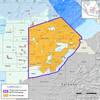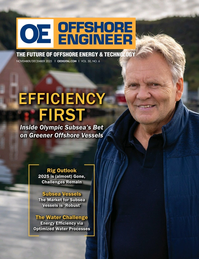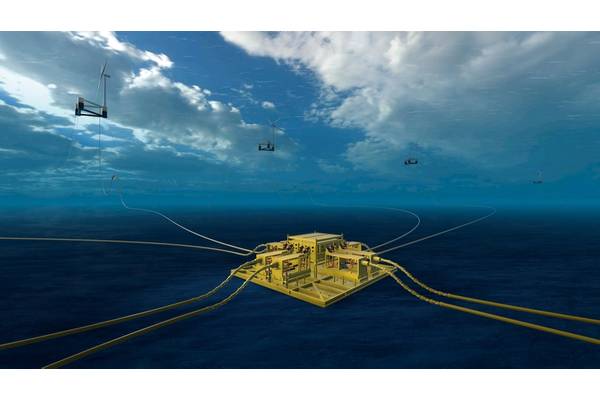
Subsea Collector connects multiple wind turbines in a star configuration to floating wind’s first subsea power distribution system.
Source Aker Solutions
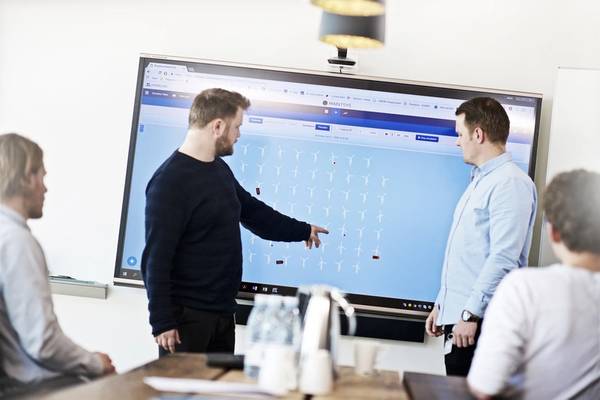
Shoreline Wind’s simulation solutions help developers compare project layouts and optimize their transportation, installation and O&M strategies.
Source Shoreline Wind
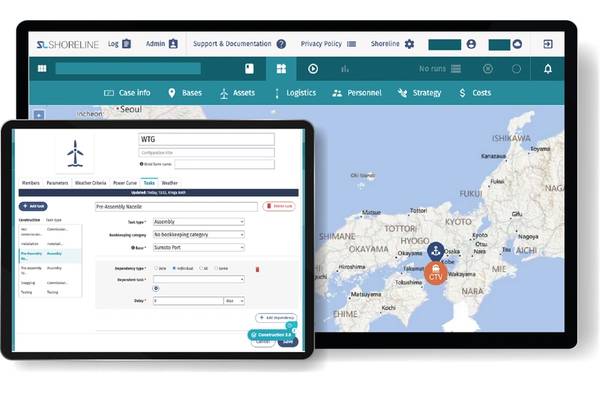
Shoreline Wind’s simulation solutions help developers compare project layouts and optimize their transportation, installation and O&M strategies.
Source Shoreline Wind
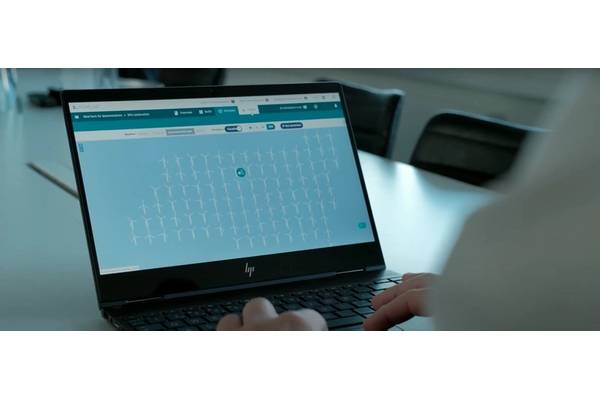
Shoreline Wind’s simulation solutions help developers compare project layouts and optimize their transportation, installation and O&M strategies.
Source Shoreline Wind






